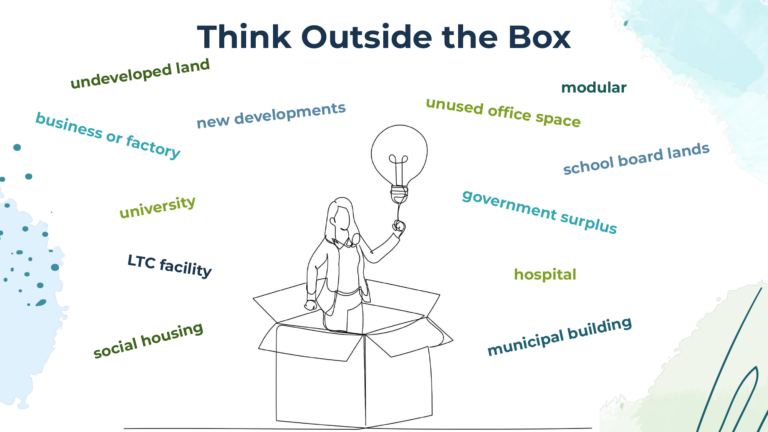When identifying opportunities in your external scan, look for potential collaborations and partnerships that can support your concept. Collaborator or collaborations describe when two or more entities choose to connect for the greater benefit of their community.
These relationships may initially start as a collaboration with an MoU, and then evolve to needing a legal agreement if financing and/or long-term commitments are required.

Find out about child care expansion news, how B2C2 can help you, and everything about child care expansion in Ontario.